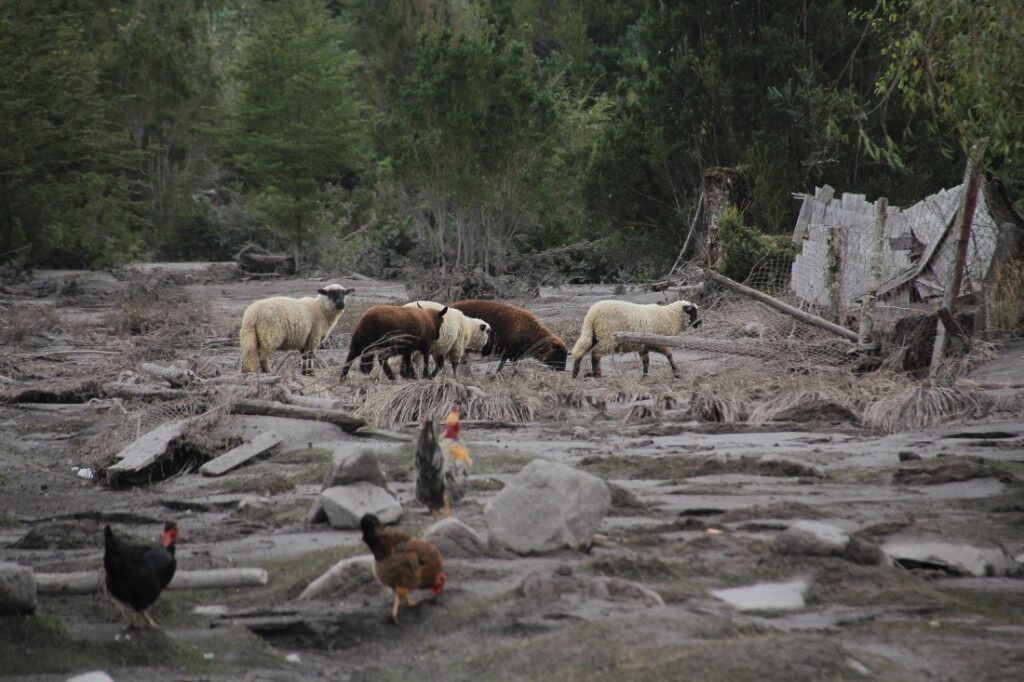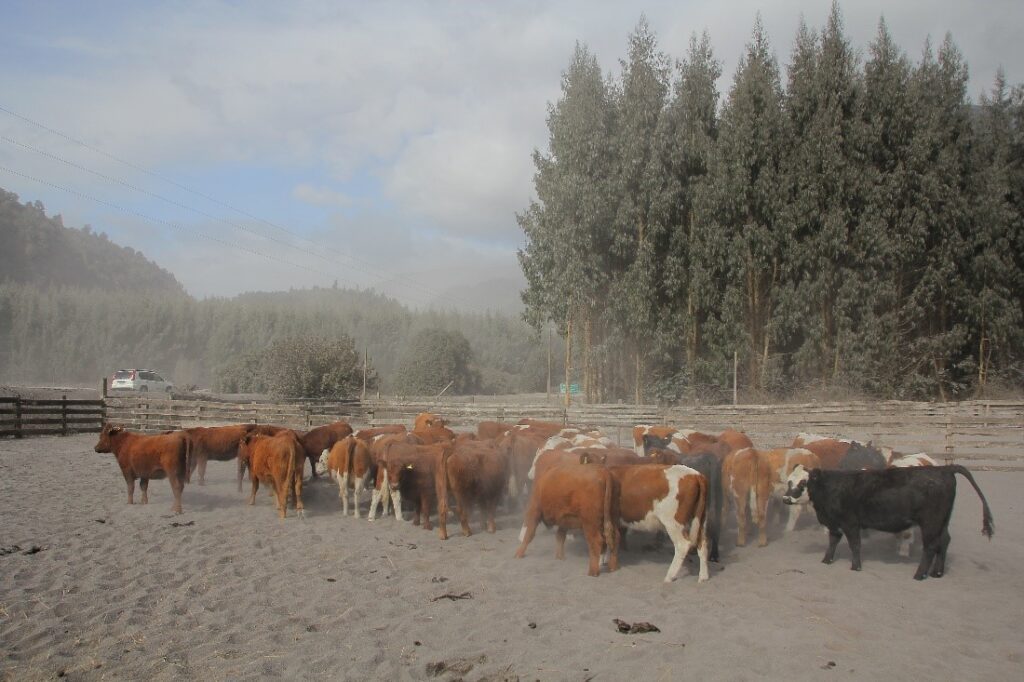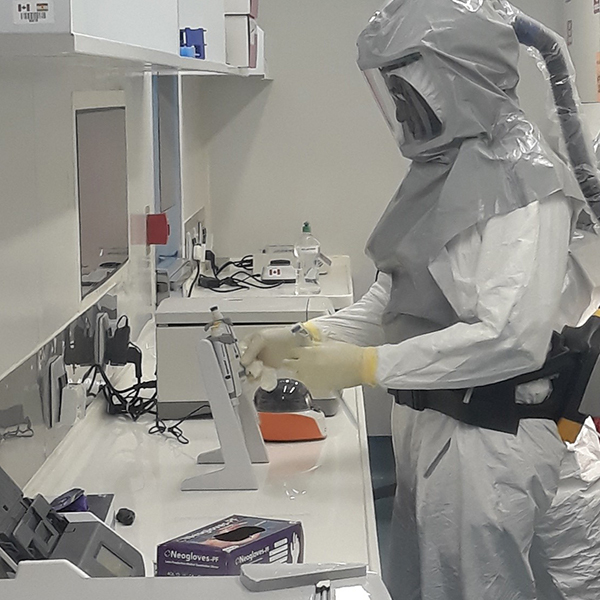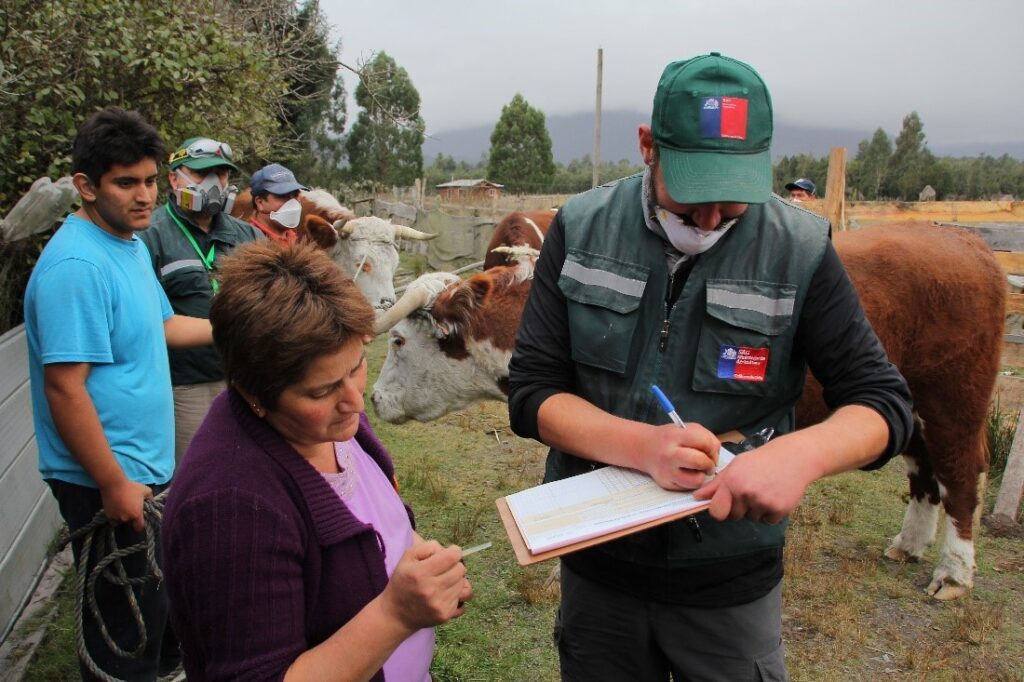Emergency Preparedness
Today’s highly interconnected world faces many health security threats caused by disease outbreaks, climate change, conflict, and other factors. Emergencies and disasters are often complex and involve multiple hazards which can take different shapes and forms.

Forms of emergency and disaster
Emergencies can have severe cascading effects on our interdependent ecosystems,
affecting animal and human health, food systems, livelihoods and economies.
Some forms include:
- Biological: directly affecting terrestrial and aquatic animal production systems, such as the incursion of a transboundary disease of economic importance into the livestock industry.
- Geophysical: originating from solid earth.
- Meteorological: caused by short-lived, small to medium-sized extreme weather and atmospheric conditions that last from minutes to days.
- Climatological: emerging from long-lived, small to medium-sized atmospheric processes ranging from intra-seasonal to multi-decadal climate variability.
- Hydrological: caused by the occurrence, movement and distribution of surface and subsurface freshwater and saltwater.
- Technological: caused by chemical spills, toxic gas releases, and nuclear and radiological events.
Preparing against biothreats
With the world becoming increasingly complex and interconnected, the time has come to prepare for an uncertain future through better and stronger emergency management. WOAH advocates taking biothreats in animals seriously and urges stakeholders to enhance efforts against all the threats facing today’s world.
Hazards, whatever their nature is, have the potential to affect society as a whole, and animal health is no exception.
A striking example is the 2011 Tōhoku earthquake and tsunami in Japan, which resulted in a subsequent nuclear accident (Fukushima Daiichi Nuclear Power Plant), impacting humans and animals alike.

How do emergencies impact
animal health and livelihoods?
Emergencies can have severe cascading effects on our interdependent ecosystems, affecting animal and human health, food systems, livelihoods and economies.
Learn more about how emergencies such as volcanic eruptions can pose a major threat to animal health.
The impact of emergencies on animal health in Lebanon
Philippines: the impact of emergencies on animal health
The wide-ranging impacts of disasters on livestock can be illustrated by the Indian Ocean Tsunami in 2004, resulting in the deaths of:
cattle
goats
chickens
sheep
buffalos

Extreme events
Extreme events are also bound to take the most significant toll on lower resource countries, which may be unable to mitigate damage and protect at-risk citizens.
Animal-related emergencies have particularly severe effects on the poor since half of the 900 million people who live in poverty depend on livestock to survive.
Unfortunately, we cannot always prevent emergencies and disasters because of their unpredictable nature. Yet, we can prepare ourselves: practical steps can be taken before an acute event exceeds the coping ability of the affected community, thus stopping them from sparking a large-scale crisis.
Handling the unpredictable: preparedness is key
The ability of a country to deal with and recover from unforeseeable events determines, in many cases, its resilience. Therefore, the capacity to anticipate, cope with, respond to, and recover from animal health emergencies and disasters must be strengthened. Planning for emergencies and disasters defines a country’s capacity and confidence to tackle them.
“We cannot always predict an emergency, but we can be prepared for it.”
– Keith Hamilton, Head of the Preparedness and Resilience Department at WOAH.
More broadly, preparedness for animal health emergencies and disasters lays the foundations for strong global health systems and security. Investing in preparedness prevents or reduces the economic burden of an emergency and the following recovery phase, eventually saving millions of human and animal lives.
Infectious disease emergencies
Infectious disease emergencies can escalate into disasters as we have seen with pandemics, which often have an animal origin and start off as localised outbreaks, most recently COVID-19; with animal disease outbreaks such as avian influenza (‘bird flu’) which led to a panzootic in the early 2000s; or with food safety disasters, such as Bovine spongiform encephalopathy (‘mad cow disease’).
More than 60% of existing human diseases and about 75% of emerging human infectious diseases are thought to be of animal origin.
This highlights the importance of including animal-related issues in emergency and disaster management and risk reduction plans and the central role that the global veterinary community must play in bolstering preparedness.

Dealing with emergencies requires a diverse set of preparedness and response capabilities from actors across departments:
From Governments to NGOs to academia as well as philanthropy and international organisations. A number of stakeholders and various professionals need to be prepared to coordinate, cooperate and collaborate at all governmental levels when emergencies unfold, regardless of their severity.
Yet, Veterinary Services are often not ‘at the negotiating table’:
as countries from various regions revealed that they were only included in less than half of whole-of-government frameworks for emergencies and disasters. Veterinary Services must be recognised for their valuable contributions to emergency management and engaged in high-level government strategies to support and protect global health security.

Towards more resilient health systems
The increasingly complex and interdependent nature of risk factors calls for innovative ways to achieve effective emergency and disaster management. Although threats can never be eliminated altogether, their impact can be reduced through effective all-hazards emergency and disaster management.
Climate change has made it urgent for global health systems to work towards becoming better prepared against life-threatening events.
Veterinary Services play an important role in such multisectoral responses and should be the lead agency for animal health emergencies and disasters. society (including governments, the public, the agricultural sector and other stakeholders) expects Veterinary Services to deal with any adverse event that affects or involves animals and/or animal pathogens.
Planning for animal health emergencies underpins preparedness
The World Organisation for Animal Health (WOAH) is committed to preparing global communities for critical events. Emergency and disaster management and risk reduction in animal health and welfare is a shared responsibility across multiple stakeholders.
The Organisation aims to use the latest scientific evidence shared from its network of Reference Centres and work with partners to promote sustainable emergency and disaster management. We, therefore, promote the role of Veterinary Services in global health security and their collaboration with other key actors while also providing technical support for institutional emergency management and incident coordination.
Have you read?
-
Guidelines, Publication
Countering disinformation and misinformation in animal health emergencies
.pdf – 1,003 KB See the document -
Guidelines
Guidelines for Simulation Exercises
.pdf – 3 MB See the document
